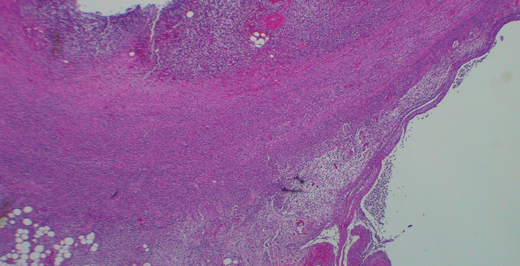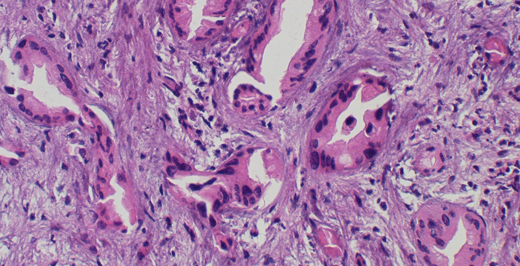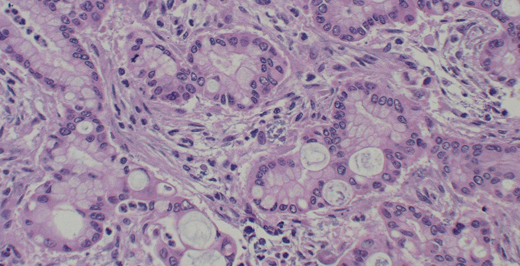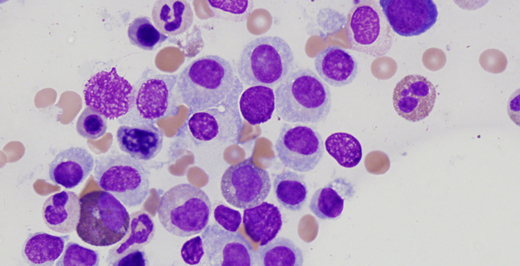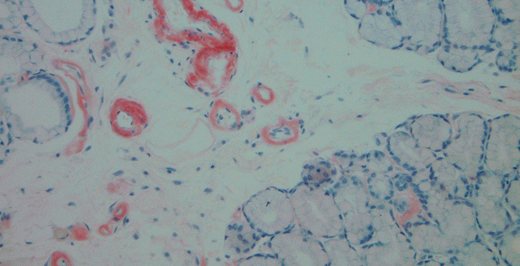Acute appendicitis is inflammation of the appendix, a small pouch that hangs off of the beginning of the large intestine. Thus usually occurs due to an obstruction and can become infected.
In this image, the various layers of the appendix can be seen. The purplish haze seen through the appendiceal layers is evidence of the inflammatory cells.
For more information, click here

